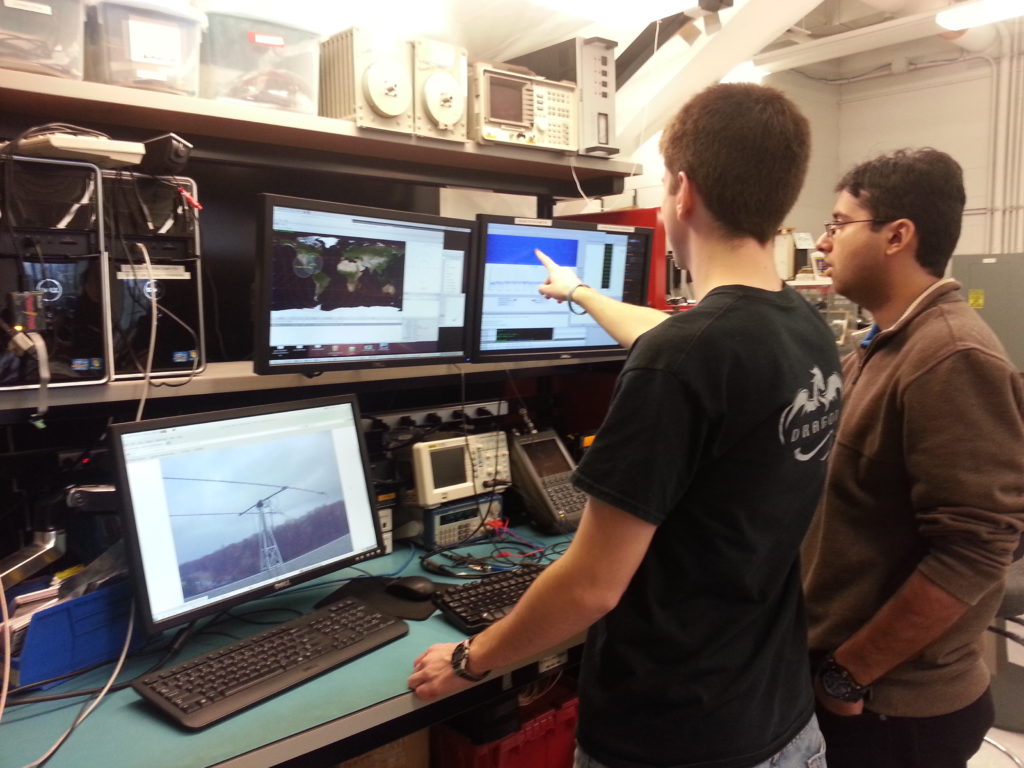MXL’s ground station operators have been hard at work this week tracking the sixty-one satellites that were recently lofted to orbit. Many of the CubeSats were designed and built by university labs like MXL and we’ve been eager to assist with tracking as much as we can. The tracking has also been helpful practice and testing as we prepare for the upcoming MCubed-2 launch. We’ve been tracking the recently-launched satellites as they pass overhead and attempting to uniquely distinguish the signals emitted by each satellite. By isolating the received signals, we can determine which satellite they belong to and approximate the relative position of the satellite. We are confident that we have heard beacons from KySat-2 and the Vermont Lunar CubeSat, and other possible contacts may soon be confirmed. During the next few days, we plan to gather more data and analyze it so we can differentiate the CubeSats and associate them with the appropriate TLE using Doppler shift characteristics, which will facilitate consistent tracking as the satellites continue to separate from each other on orbit. We will keep you updated with any new findings!

